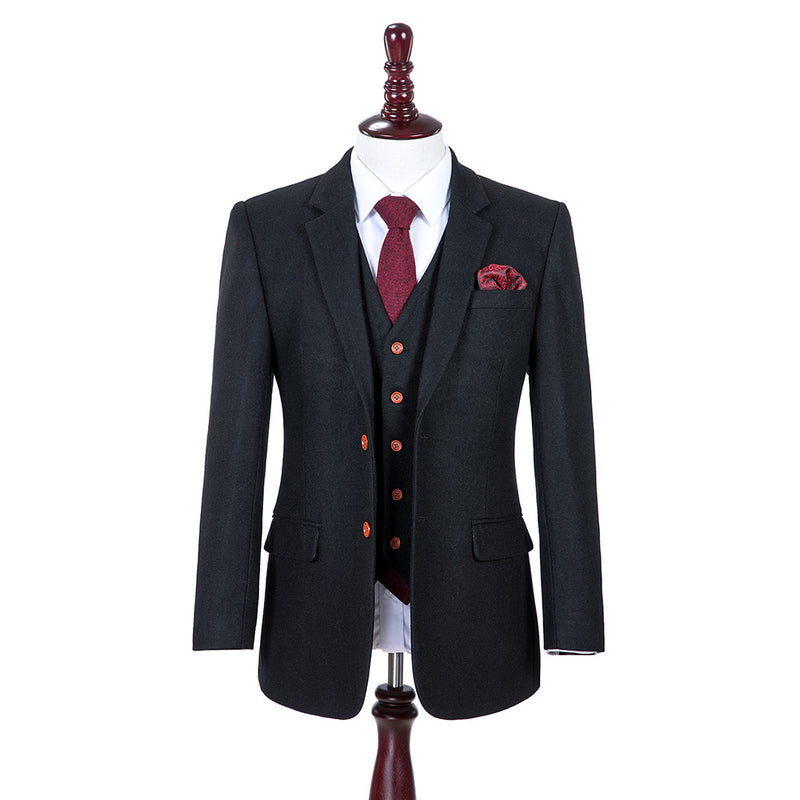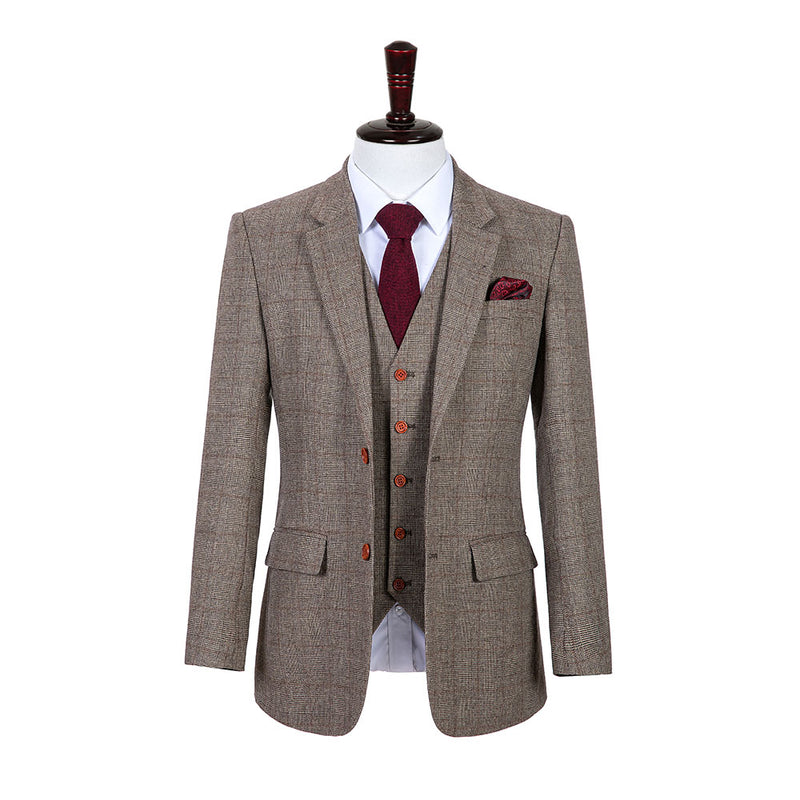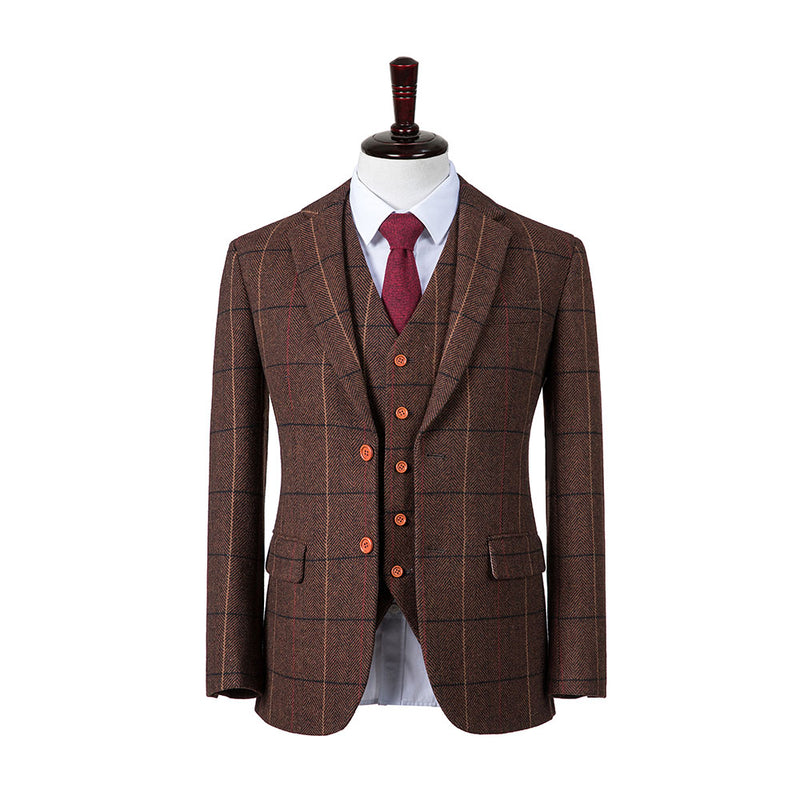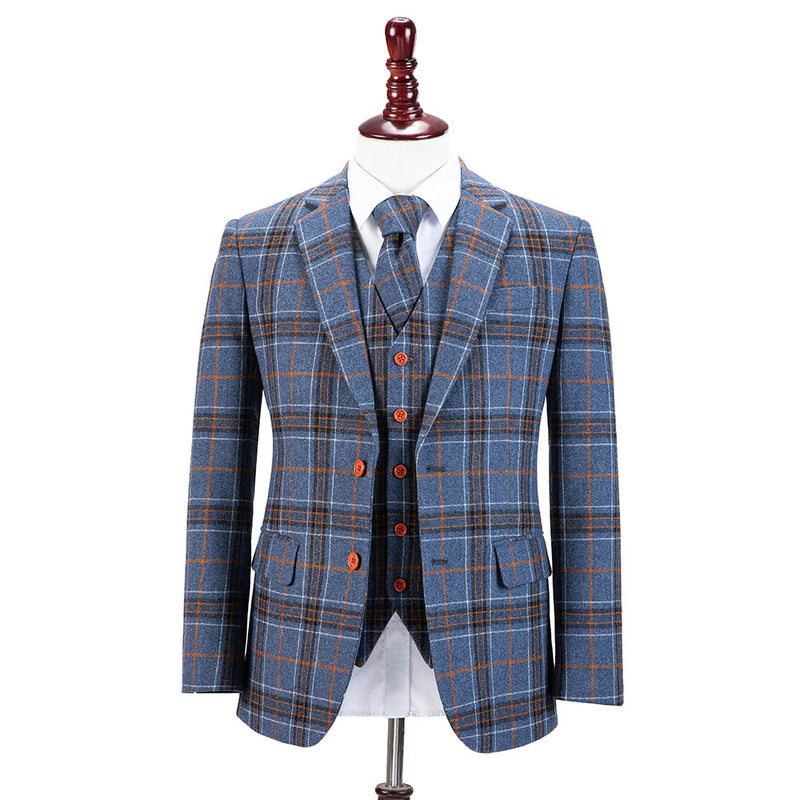Exploring the culture of suits: a fashion journey from Europe to the world

In the vast starry sky of fashion, suits are undoubtedly a bright and enduring star. It transcends time and space, sprouting from the ancient soil of Europe, and then blooming with diverse charm around the world, becoming a fashion symbol that transcends gender, age and culture. Today, let us embark on this wonderful journey to explore the culture of suits.

The origin of suits can be traced back to Europe in the 17th century. At that time, the social classes in Europe were distinct, and clothing became an important symbol of identity and status. British tailcoats and morning suits, with their rigorous tailoring and exquisite fabrics, became the standard for aristocrats and upper-class people to attend formal occasions. These clothes emphasize the straightness and smoothness of lines, showing the nobility and elegance of the wearer, and every wrinkle and every button contains the pursuit of exquisite life.
In the 19th century, suits gradually became popular. With the advancement of the Industrial Revolution, the social structure changed, and the emerging middle class was eager to show their social status and taste through clothing. Therefore, the modern suit came into being. It retains the exquisiteness of traditional formal wear, while being more diversified in style and material, meeting the needs of wearing on different occasions. On Savile Row in London, England, countless skilled tailors use scissors and needles to turn pieces of cloth into well-fitting suits. This place has also become a holy place for global suit customization, witnessing the booming development of suit culture in Europe.

With the colonial expansion of European powers and the rise of global trade, suit culture, like dandelion seeds, has drifted to all parts of the world, colliding and merging with local cultures, and deriving distinctive styles.
In the United States, suits have gradually gotten rid of the constraints of traditional European formal wear and paid more attention to practicality and comfort. The rise of Hollywood movies has made suits an important representative of American fashion culture. From Al Pacino's classic black suit in "The Godfather", which shows the majesty and mystery of the gangster boss; to Michael Douglas' exquisite gray suit in "Wall Street", which highlights the wisdom and competence of the financial elite, the image of suits in American movies has been deeply rooted in the hearts of the people, shaping the stereotypes of different professions and identities, and promoting the popularity of suits around the world.
In Japan, suit culture incorporates the implicitness and restraint of oriental traditions. The Japanese people's extreme pursuit of details makes their suits more suitable for the body characteristics of Asians in terms of tailoring, and they are more meticulous in the selection of fabrics and craftsmanship. Whether it is the rigorous dark suits in business occasions or the unique and creative improved styles on the fashion show, they all show the unique understanding and innovation of the Japanese people in suit culture.


In the 21st century, suit culture has ushered in unprecedented changes and innovations. As the concept of gender equality has taken root in the hearts of the people, women's suits have gradually emerged and become the darling of the fashion industry. Women's suits break the stereotype of traditional suits. In terms of design, they pay more attention to showing the femininity and strength of women. The slim tailoring, bold color matching and unique detail design allow women to exude confident charm in the workplace and in life.
At the same time, the rise of street culture has also injected new vitality into suits. Designers combine suits with sports elements and street style to create casual suits that are both fashionable and comfortable. The oversized version, personalized graffiti prints, and casual matching methods make suits no longer exclusive to formal occasions, but a fashionable tool for young people to express themselves and show their personality.
From the gentleman's character in Europe to the global multi-integration, to modern fashion innovation, suit culture has always been evolving in the tide of the times. It is not only a piece of clothing, but also a cultural heritage and a manifestation of a life attitude. On the future fashion stage, suit culture will continue to write its own legend and bring us more surprises and touches.





